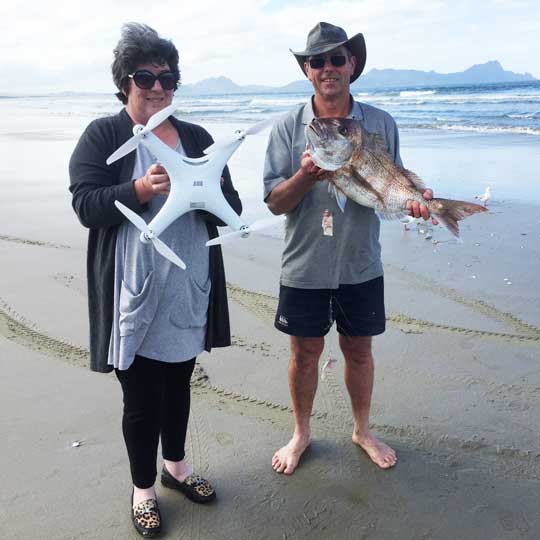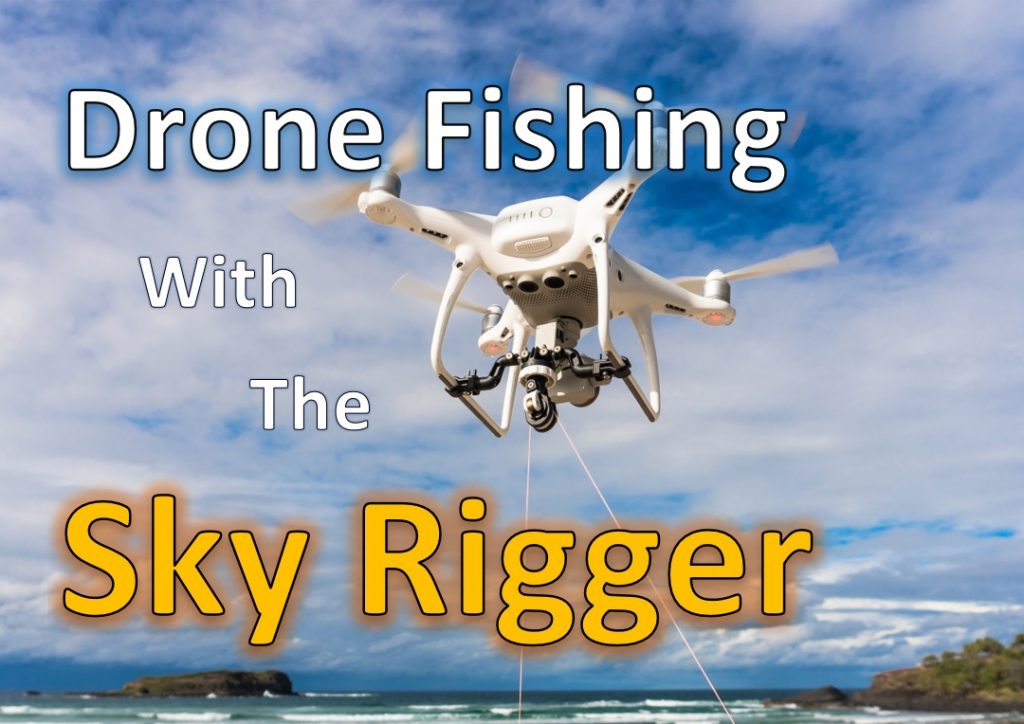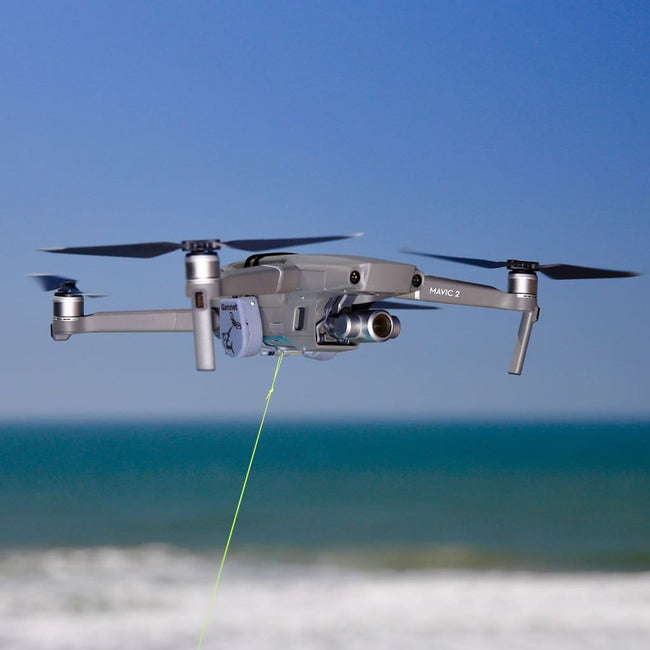
New Zealand has discovered a new way to fish: drone fishing. This exciting new technique utilizes the latest in drone technology and opens up a whole new world of fishing possibilities. Drone Fishing NZ, a top retailer, offers the DJI and Splash drones for purchase. Splash drones can be purchased, as well custom-built fishing equipment.
Aerokontiki Drones
Sharkan makes the Fishhawk fishing drone, which captures a clearer picture of what you're doing. This drone's camera is stabilized and shoots 12-megapixel photos and 4k UHD videos at 30 frames per second. The videos can also be viewed from your smartphone. You can view the videos on your smartphone with a spare battery and a flight time of up 23 minutes.
Mobula
Mobula's drone was specifically made for fishing. The drone is buoyant, IP56-rated, and can survive up to 20 knots wind. It also includes safety features such an automatic return home, automatic release of payload, and three release methods. In addition, you'll never have to worry about losing your drone because it will return to the water automatically if its battery runs out.
Banks'
The use of a fishing drone has become a huge trend, gaining the attention of anglers and sports enthusiasts. However, using a drone comes with its own set problems. The drone is not recommended for fishing in shallow water. If a drone crashes in the exact same place again, it can pose a problem. This can make it difficult to trust the information from the video.

SplashDrone 4
Swellpro has designed the SplashDrone 4 with a brand new float platform for water sports and recreational purposes. It's ideal for fishing parties, all kinds of water activities and is made from corrosion-resistant materials and high-quality ABS to withstand any conditions. The SplashDrone 4's patented Smooth+ flight control system gives the user complete control over the drone, which helps keep it stable in any situation. The drone's advanced technology allows it capture every angle and every moment in the sky.
Drone for Fisherman
You're in for a treat if you're a New Zealand Fisherman drone fisherman. Snapper is a sought-after species for drone fishermen. Snapper are also beautiful and delicious to catch. They can be found along the North and South coasts of the South islands. These fish are available in summer as well as fall, so you can catch them all year.
Flying a drone
These guidelines will help you ensure a successful trip if you plan to fly a drone to fish in New Zealand. First, be aware of the law. It's illegal to fly a drone over any marine life or within 500 meters of a marine mammal. Be aware of your surroundings, and you won't want to lose your expensive drone.
Payload of a drone
A drone can be used for fishing. However, you need to consider the payload. A drone that can carry large fish and has enough endurance will be ideal. If you're only going to use your drone for a few minutes, you'll probably catch too few fish to make the experience worthwhile. Luckily, the technology behind drone fishing in New Zealand is getting better.

FAQ
Are you interested in flying with a drone while on the road?
Drones are becoming increasingly popular for both personal use and commercial purposes. They are used for photography, filming, aerial mapping, search & rescue, and other applications. A number of new regulations have been approved by the FAA for drones. These include registration, licensing, pilot training and insurance. These changes will help ensure that drones stay safe for all.
Is it illegal for a drone to be flown?
Yes, flying drones can be illegal in certain countries. These include Australia, Canada. Germany, Japan. New Zealand. Singapore. South Korea. The United Kingdom. However, it is legal in other countries like France, Italy, Netherlands, Poland, Russia, Switzerland, Turkey, Ukraine, and Vietnam.
Where are Drones Banned?
The FAA has banned drones from flying near airports, stadiums, sporting events, nuclear power plants, hospitals, prisons, and other restricted areas. They allow them to fly at nights using GPS technology.
Statistics
- According to the multiple listing service (MLS), houses and apartments with drone photographs are up to 68 percent more likely to sell than those without pictures. (thedroneu.com)
- According to industry research from ZipRecruiter , there are 10 cities where the typical salary for a Drone Pilot job is above the national average. (dronesgator.com)
- Research and Markets predict a growth rate of 51.1% over the next five years. (thedroneu.com)
External Links
How To
How to Fly Drones at a Beginning Level
A drone refers to a remote-controlled aircraft designed for aerial photography, surveillance and scientific research. Drone technology has existed since World War II. DJI's Phantom series of quadcopters was the first to be commercially used. There have been many types of drones since then, including beginner-friendly drones like the Parrot AR Drone 2.0 and professional-grade multi-rotor crafts like the DJI Mavic Pro.
There are many methods to fly a Drone, including
-
Remote control - This method uses a control device attached to your hand, which enables you to steer the drone through its flight path. There are two main types of controllers: On/Off switches (like a radio) and joysticks.
-
Manual Control - This method uses a smartphone app to remotely control the drone using GPS coordinates. Follow the instructions of the app to track the exact location you want the drone go.
-
Autonomous Flight: This means that the drone will take care of all the piloting. The drone is able to fly autonomously, without the need for human intervention. To enable autonomous flight, the drone should have a built in camera and sensors capable recording images and data.
-
Triggered Flight: This is similar in concept to manual control. The pilot manually creates a route and the drone then follows it until it reaches that endpoint. After the preprogrammed route is complete, the drone will automatically land and return to its base.
-
Landing Gear: Some drones have landing gear that allows them safely to land in case they lose power or run low on battery.
-
Goggles-Some pilots use goggles to protect their eyes from debris during operations.
-
Camera – Some drones have cameras, which allow you to take photos or videos from up high.
-
Obstacles – Some drones have obstacle avoidance systems that stop them from colliding with obstacles.
-
Speed – Some drones can reach speeds in excess of 40 mph.
-
Battery Life – Most drones will last 20 minutes to three hours depending on how powerful they are.
-
Some drones are capable of traveling up to 30 miles depending upon their make and model.
-
Power source - Some drones need an external power source, while others use internal batteries.
-
Weight - Some drones weigh less than 1 pound, whereas other models weigh up to 4 pounds.
-
Size - Drones range from small devices that fit in one's palm to large crafts that weigh more than 50 pounds.
-
Price - All drones fall within a specific price range, from high-end models that can cost thousands of dollars to lower-cost options starting at $100.